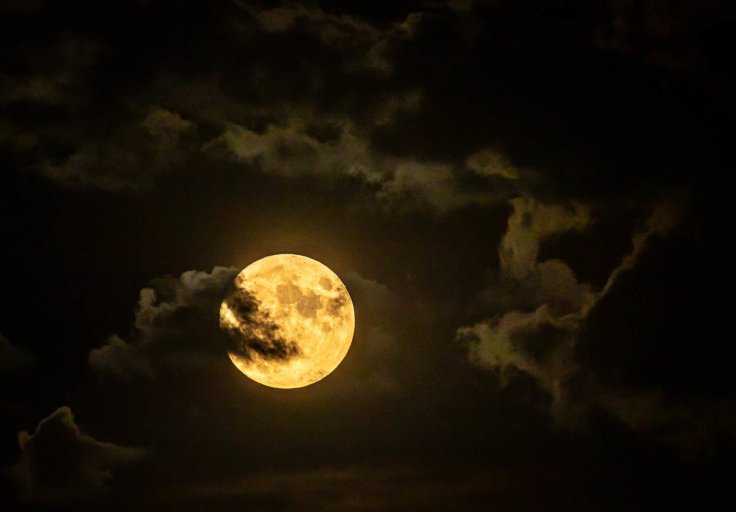Don't forget to gaze into the night sky on October 9 to catch a glimpse of the "Hunter's Moon". October's full moon is known as the Hunter's Moon in recognition of one of the rituals of fall. It's also known as the "Dying Grass Moon", "Blood Moon" or the "Sanguine Moon", and the "Travel Moon" in the US. The moon on October 9 will be at its fullest and brightest than anything else in the night sky.
What is the Hunter's Moon?
Hunter's Moon refers to the full moon that appears during the month of October. It is preceded by the appearance of the Harvest Moon which is the full moon closest to the autumnal equinox which falls on the 22nd or 23rd of September. The Hunter's Moon typically appears in October, except once every four years when it doesn't appear until November.

This phenomenon has been observed since the era of the First Nations of North America. Its name Hunter's Moon came so because it was during the month of October when the deers had fatted themselves over the course of the summer, that hunters eventually tracked and killed by the autumn moonlight – stockpiling food for the severe winter.
The Hunter's Moon was regarded special because it served as an important feast day in northern Europe and the Native American tribes. Historians believe the Native American hunters traditionally used the full moon of October to stalk deer and spot foxes at night as they prepared for the coming winter. In Europe, the Hunter's Moon was regarded as a prime time to hunt during the post-harvest, pre-winter period when conditions were optimal for spotting prey.
The term "Hunter's Moon" was first mentioned in the 18th century, with the Oxford English dictionary citing a 1710 edition of The British Apollo where the term is attributed to country people.
When Can I See It?
The Hunter's Moon will be visible all night in the northern hemisphere on October 9. It will rise in the constellation Pisces, following Jupiter as it travels across the night sky. Astronomers say the Sun will set around 10 minutes earlier at 6:20 pm meaning that the moon will rise into a gradually darkening sky; the full Hunter's Moon will set in the west at 7:43 am the following morning of October 10.
But if the weather is unsuitable, one will not be able to see the full Hunter's Moon at its peak. It will also be visible on 10th and 11th October. Experts say that three days after being full, the moon will skim Uranus on October 12 at just 0.9° distant in the constellation Aries before moving into Taurus on October 14.
This will be followed by a partial solar eclipse on October 25.








